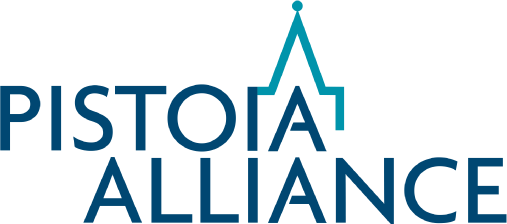Webinar
Delivering Data Driven Value
Knowledge Graphs and Semantic Models for Drug Discovery and Healthcare
Data for drug discovery and healthcare is often trapped in silos which hampers effective interpretation and reuse. To remedy this, such data needs to be linked both internally and to external sources to make a FAIR data landscape which can power semantic models and knowledge graphs.
Published on: April 24, 2020
